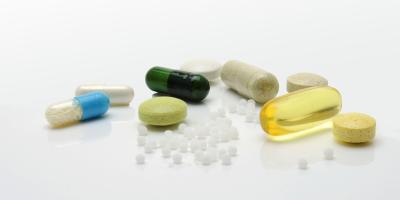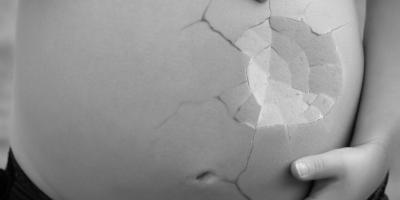Haemorrhoids, also referred to as piles, are varices of the anus, appearing inside or outside it. They usuallz disappear spontaneously after several weeks, but they can recur and persist despite treatment.
Factors influencing the occurrence of haemorrhoids include pregnancy, child-birth, obesity, a low-cellulose diet, alcohol abuse and a sedentary lifestyle.
The frequent occurrence of haemorrhoids during pregnancy is a result of the increased level of progesterone. This female hormone weakens vein walls. Also due to the enlargement of the uterus, the pressure on blood vessels around the pelvis increases, which is conducive to blood stasis in anal veins.
Symptoms
The most frequent symptom of haemorrhoids is anal bleeding. The blood is of a bright-red colour and occurs during or after the evacuation of stool. Patients can also experience itching and mucous secretion.
To evaluate the degree of the disease progression, we can use a four-grade scale devised by Parks. The least-advanced disease (grade one) usually manifests itself only in bleeding. Piles protrusion can only be seen by a speculum. On the other hand, the most-advanced disease (grade four) is characterised by piles being located outside the anus and no possibility of retracting them.
Anal bleeding should never be ignored. It is recommended to consult every case of blood in stool with the doctor.
Early stage
Selecting an appropriate treatment method depends on the aggravation of symptoms. At the early stage piles can be treated conservatively – by changing your lifestyle or using over-the-counter ointments or suppositories with anti-inflammatory, analgesic and anti-itch effect, which reduce the swelling. Evacuation should be then normalised and constipations avoided. Patients are advised to switch to a high-fibre diet enriched with cellulose.
To alleviate the ailments associated with piles, patients can also take oak-bark sitz baths. These baths contain mainly tanins – substances with an astringent effect, which prevent small bleedings.
In order to prepare the sitz bath, you first need to make a decoction. It is usually recommended by the producers to pour one glass of water over one or two tea spoonfuls of bark and heat it covered for ca. 30 minutes (without boiling it). Then pour the decoction into a bowl and add as much water as needed in order to wet your buttocks in it. Water should be at a body temperature, and the sitz bath itself should take 5-10 minutes.
Surgical treatment
Advanced haemorrhoidal lesions may require surgical treatment. The classical surgical treatment consists in removing haemorrhoids by extracting them, along with the mucous membrane. Such a procedure is conducted in spinal or general anaesthesia.
There are also other surgical methods aimed at fixing piles in the anal canal without their excision. These are performed using various methods, aiming at pile fibrosis and affixing it to the deeper located tissues.
One of such methods is the Baron ligation technique. This procedure is conducted in local anaesthesia. It consists in putting special squeezing rubber bands around the bases of the piles, causing their ischaemia and necrosis.
Another method is called photocoagulation. This procedure consists in exposing the area around the blood vessel supplying blood to the pile to infrared light. Owing to this, vessels coagulate and less blood flows into the pile.









Comments (0)